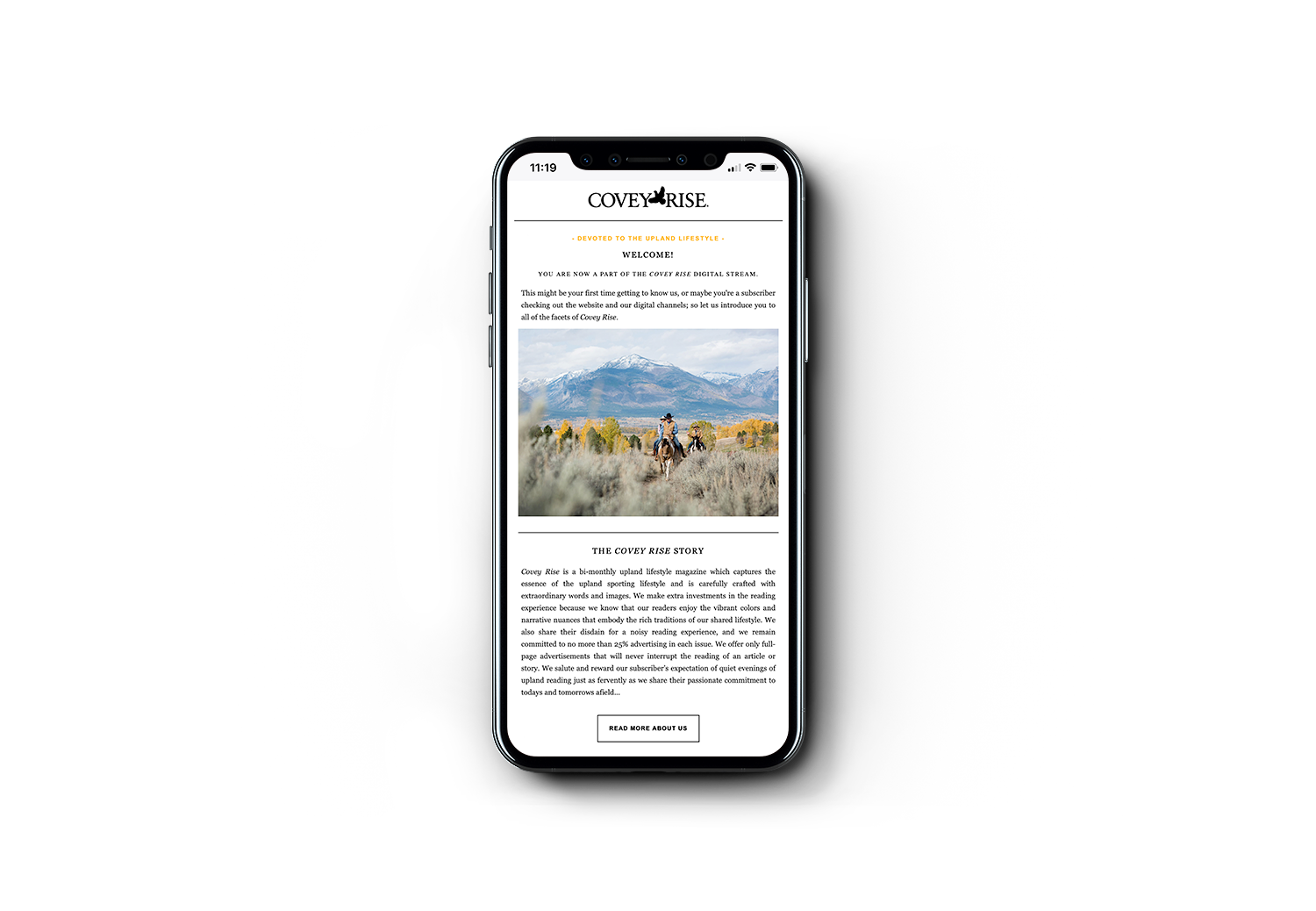UsinG gamebird feathers as the dressings for fishing flies will preserve the memories of successful hunts, and extend the bounty of your hunt to a trout stream or other fishery.
PHOTO BY Darrel Martin
| A wild-game dinner is a satisfying reward for a successful hunt. Of course, the time spent outdoors with hunting companions (including bird dogs) and fine shotguns is almost enough reward—almost. But capping off the hunt with a pheasant or grouse breast served in the evening’s meal is always special. |
Extend memories of the hunt even more by using gamebird feathers when you’re tying fishing flies. Here are descriptions of some the best feathers to use, and three effective fly patterns to try.
|
GROUSE Filoplume: These are the soft, light, gray feathers found beneath and attached to the base of other feathers. They are ideal to use to replicate the gills of large aquatic insect nymphs, such as Hexegina mayfly nymphs. Rump: Soft, darker feathers, similar to chicken marabou, which can be used for tying smaller, dark-colored streamer patterns. |
WOODCOCK
Breast: The small breast feathers from woodcock make excellent split wings on dry flies and spent wings on larger patterns
CHUKAR
Breast: Chukar breast feathers are interesting because they have two distinct bands—one white, one dark gray or black. This adds a touch of contrast to fly patterns, which can be particularly appealing to fish. I like to include them in streamer and traditional wet fly patterns.
Rump: An attractive gray-brown color, these feathers are best used as one would use hen chicken feathers—as hackle on small, natural-colored streamers.
Breast: These small, mottled feathers are great for small, upright wings on classic dry flies.
PHEASANT
Tail: This is an excellent feather for a variety of nymph patterns, especially the Pheasant-tail Nymph. They have a versatile color for imitating bottom-dwelling bugs and they add to the illusion of segmentation.
Neck: These are brown with a black tip. I like to use pheasant neck feathers for brown hackle (legs) on large nymph patterns. They are just the right length and offer a lot of natural movement in the water.
Shoulder: Called “golden pheasant tippets” in stores, these unique feathers are commonly used as wings in traditional wet flies and for the tails of Royal Coachman dry flies. They have a flat (not rounded) top and are a golden color with black tips.
Rump: Gorgeous feathers with a unique gray-blue color—though these are rarely used in common fly patterns, they add a stunning but subtle dash of color to streamers and traditional wet flies.
| THREE FOR YOUR FLY BOX |
Save the plumage from pheasant, partridge, and mallards you bring home this season—you can make effective trout flies with the feathers. These are three flies that belong in every trout angler’s fly box.
|
Hook: Standard nymph, sizes 10 to 20 Thread: Brown 6/0 Weight (if used): Tungsten or brass bead Rib: Copper wire Tail: Pheasant tail fibers Body: Pheasant tail fibers Thorax: Hare’s Ice dubbing Wing case: Pheasant fibers pulled over thorax Beard: Dark grouse rump |
|
Hook: Standard dry fly, sizes 12 to 16 Thread: Brown 6/0 Tail: Mallard flank Body: Pheasant tail fibers Wing: Small Hungarian partridge breast feathers Hackle or legs: Brown hackle
|
|
Hook: Klinkhammer or other emerger hook, sizes 10 to 18 Thread: Wine 6/0 Tail: Mallard flank or pheasant tail fibers Body: Pheasant tail fibers Wing: Para-post, Antron-yarn or similar Hackle or legs: Brown saddle hackle Thorax: Gray dry fly or hare dubbing
|
|
Read the full “Using Feathers” feature in the August-September 2016 issue, by James P. Spica Jr, and photography by Darrel Martin. Subscribe today for all the great content in this and every issue. |
|
THIS ARTICLE WAS FEATURED IN THE October-November 2016 Issue |
SAVE 20% ON YEARLY SUBSCRIPTIONS |




